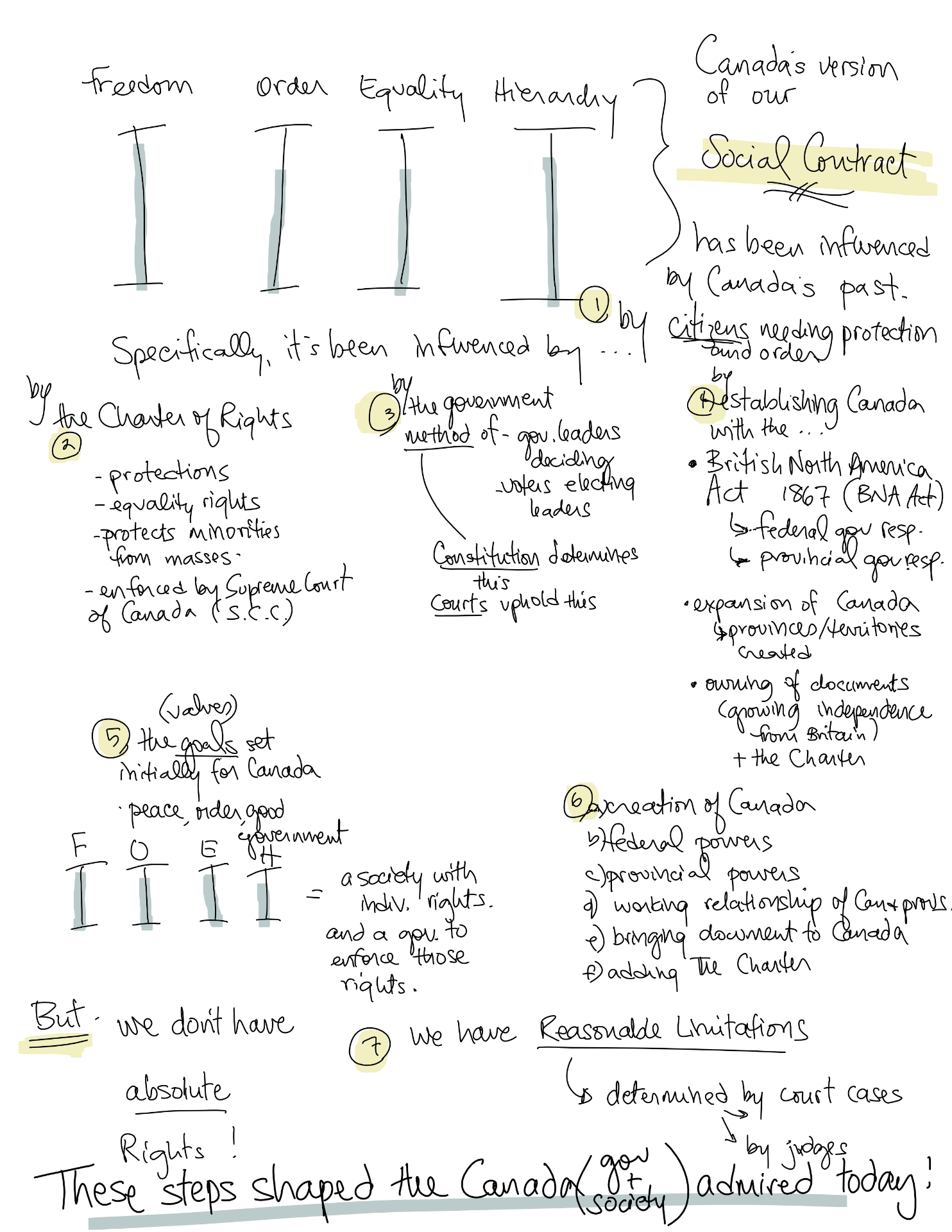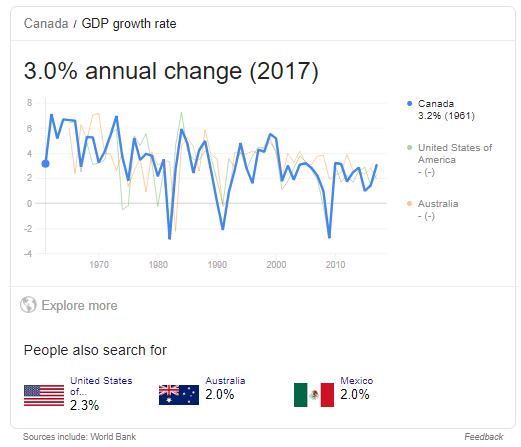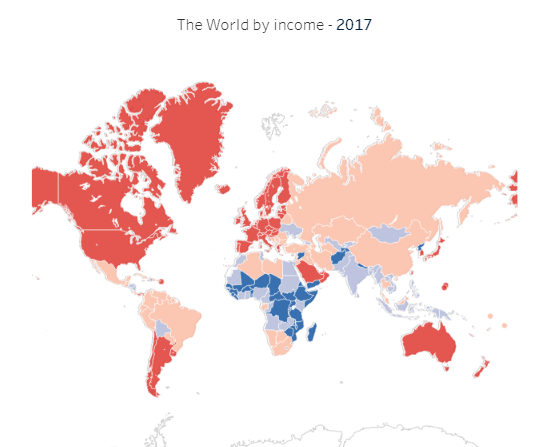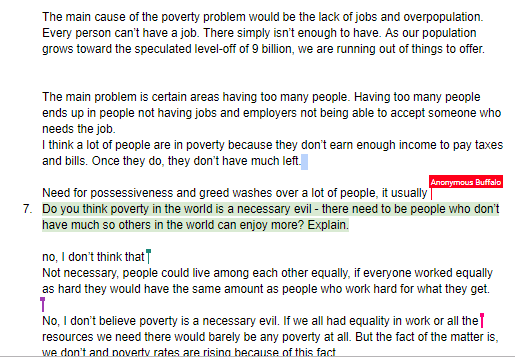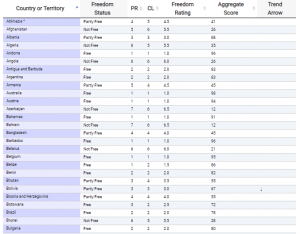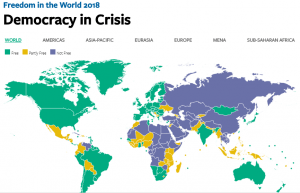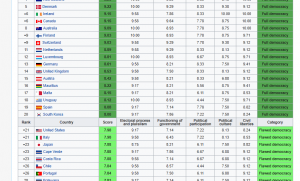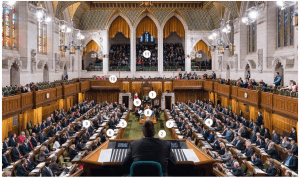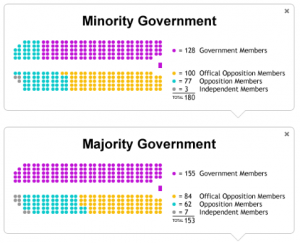Soc 10 02.1 Fundamental Freedoms Videos – Understanding the Charter
We’ve learned there is a balance of decision-making power between government and the people. Protections exist in our government documents to ensure government cannot overreach their authority. It also requires they protect the rights of all citizens, though it is not an equal level of protection.
The following videos explain further the background behind several important parts of our Canadian Charter of Rights and Freedoms.
While you watch, you’re asked to develop the following in the given handout:
- summarize the important elements of each section of the Charter, per video
- create a list of terms or concepts that are significant, possibly new to you
- develop at least one thoughtful question related to each video section. (Remember to aim for questions that require a fair amount of thinking and cannot easily be answered by a specific moment in the video.)
Engaging with the Charter:
Some of the fundamental parts of the Charter are worth looking into a bit, including the following:
- Limitations of a Charter right
- Keegstra – restriction on freedom of thought
- R. v. Big M Drug Mart Ltd (Calgary) – unconstitutional restriction on freedom of religion
- 1986 Oakes decision (test) (pg 4) – Narcotics Act violates Section 11d Canadian Charter – but not a reasonable infringement/violation, so Act struck down
- Fundamental Freedoms Section 2:
- Review Four Freedoms
- Debate: Does Section 2 protect your right to do each of the following or is that right limited?
- recite the Lord’s Prayer at the start of school in a public school
- a student refusing to stand during the Canadian national anthem
- denying social benefits for same-sex couples
- a newspaper publishing an anti-Jewish letter
- a Jehovah’s Witness parent refusing a blood transfusion that would save the life of their child
- a retail store firing an employee who, for religious reasons, refuses to work on Sundays
- Democratic Rights:
- Section 4(1) of the Charter restricts a federal or provincial government from being in office longer than 5 years without an election for voters, but does not limit the length of time a politician can lead their party (if re-elected). The American constitution includes that restriction – the President can only be in power for a max of 8 years, whereas P.M. Stephen Harper was in power for 9 years. Should Canada have a max time like the Americans? Why or why not?
- Consider whether convicts should be allowed to vote, or expats – people who haven’t lived in Canada for at least 5 years.
- Should voting be compulsory or by choice in Canada? Countries where voting in elections is a requirement – is this democratic?
- Mobility Rights:
- Section 6: each citizen has the right to enter, remain, and leave the country, or move/live in any province. Many countries restrict that type of mobility freedom. Ex: Myanmar
- Consider whether a Canadian accused of a capital punishment crime in the United States should be extradited (apprehended by Canadian police and turned over to American authorities) for trial.
- Legal Rights:
- Many cases of miscarriages of justice in Canadian history, including Donald Marshall. Should it matter what someone is accused of when judging whether their legal rights have been violated?
- Notwithstanding Clause:
- Quebec’s ban on religious coverings
